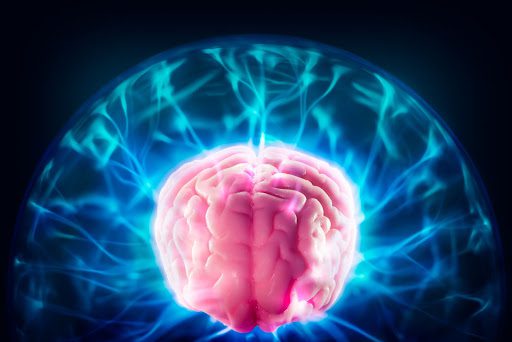The brain is the central hub for thoughts, emotions, and physiological processes, so it is no surprise that depression impacts it in so many ways.
So how does depression affect the brain? Read on to learn what happens in the brain during depression by examining different regions. Then review how depression symptoms are related to biological processes impacting brain functioning. Finally, learn how abnormal connectivity within the brain can lead to depression symptoms.

Brain matter volume appears to be related to depression symptoms and dysfunction. While depression is more than abnormalities alone, examining volume changes is useful for understanding how depression affects the brain.
Inflammation associated with stress and depression can inhibit the growth of new neurons in the hippocampus, possibly contributing to volume loss. Some studies suggest the impact of antidepressants on cortisol levels may help reverse this.
The link between depression and volume loss in the amygdala has been widely established. And beyond being a biomarker for depression, amygdala shrinkage may also represent a trait vulnerability to it. In contrast, anxiety brain chemistry has been shown to drive amygdala volumes higher, especially when comorbid with depression.
Depression is related to a significant loss of brain matter volume in the prefrontal cortex, specifically the orbitofrontal cortex. This region processes visual information and the reward value of sensory information, giving it a key role in emotional processing and decision making.
The superior temporal gyrus processes social cognitive information, and increased brain matter volume in this region has been significantly linked with rumination.
Research has long validated the connection between physical and mental health, which is why psychological disorders so often have physical symptoms as well. Depression brain chemistry plays a role in inflammation, neuroplasticity, and hypoxia, three biological processes associated with depression symptoms.
Psychological distress triggers inflammation, which is known to harm the body in many ways. Inflammation prevents the growth of neurons, damages and kills brain cells, and leads to cognitive dysfunction.
Inflammation and depression also appear to have a bidirectional relationship, meaning that both conditions affect each other. Individuals with depression often have more vulnerable immune systems, and inflammation has been closely linked with the physiology of depression.
Neuroplasticity is the brain’s capacity to restructure its network of connections via the strength of the synaptic transmission. This mechanism involves complex interactions among several regions of the brain.
And like inflammation, neuroplasticity appears to have a two-way link with depression. The regeneration process can improve cognitive functioning, but it can also lead to overactivity in some brain regions. This excessive adaptation can result in psychiatric symptoms such as anhedonia and rumination.
Hypoxia is a state of insufficient oxygen in body tissues resulting from either a low blood supply or inadequate oxygen in the blood. This lack of oxygen in the brain can impact its neuroplasticity, potentially leading to cell death and neuronal injury.
Hypoxia also has a relationship with inflammation, an established physiological factor in depressive disorders. Insufficient oxygen can trigger oxidative stress, a state of low antioxidant levels that can lead to cell damage and potentially inflammation.
The brain operates as a system of networks connecting brain regions in multiple ways. Changes in connectivity between brain regions can lead to the development of depression symptoms.
Utilizing neural connectivity to the patient’s advantage, medical device treatments such as Deep TMS technology helps relieve depression symptoms by impacting the brain’s natural plasticity. Over time, the Deep TMS procedure is able to produce significant results, as patients attest to decreased depression symptom severity and frequency.
Decreased connectivity within the affective network impairs the brain’s ability to process neural information related to emotion. This means individuals may have difficulty regulating their emotions, resulting in more sustained negative moods.
Anhedonia, the loss of interest in pleasure, has also been linked with decreased connectivity in the brain’s reward network.
Increased connectivity can also be problematic, resulting in depression symptoms such as rumination, attention difficulties, and impulsivity. The default mode network (DMN) and the central executive network (CEN) focus the brain’s attention in opposing directions, suppressing one network when the other is active. The DMN activates when attending to internally focused cognitions, and the CEN is active when outwardly focused on a specific task.
But when depression occurs, the increased connectivity between the networks causes the DMN to become more active, even while the CEN is engaged. The excess inward attention may present as rumination.

How does depression affect the brain? Research continues to reveal answers, and Deep TMS takes advantage of the most current knowledge about brain connectivity and plasticity. These treatments may give symptom relief when depression has not been responsive to other treatments. As the brain is better understood, technology will continue to have a vital role in the evolution of depression assessment.